Balete Tree
Stand in awe at the foot of Negros Oriental’s oldest and biggest..
-
Brgy Lumapao

Welcome to the official website of Canlaon City — the Vegetable Capital of Negros Island. Nestled on the scenic slopes of Mt. Kanlaon, the city offers cool climate, rich culture, and vibrant local governance dedicated to serving its people and visitors.
Facebook PageThe Highland Haven and Vegetable Bowl of Negros
Canlaon City, known as the vegetable basket of Negros Oriental, offers rich harvests, scenic views, and natural attractions like Mt. Kanlaon’s waterfalls and hot springs. Every March, the vibrant Pasayaw Festival unites the community in a lively street dance celebration.
Enhancing public spaces and essential facilities.
Providing accessible, high-quality healthcare and essential social support.
Driving inclusive economic progress and livelihood opportunities.
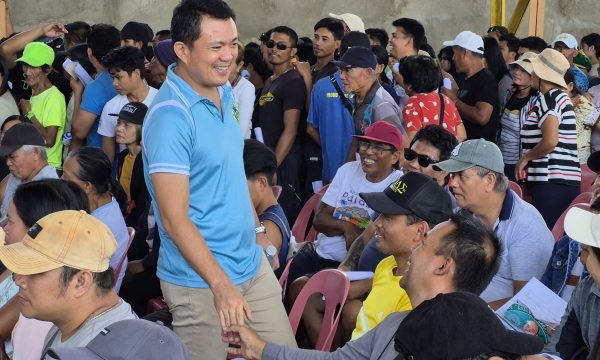
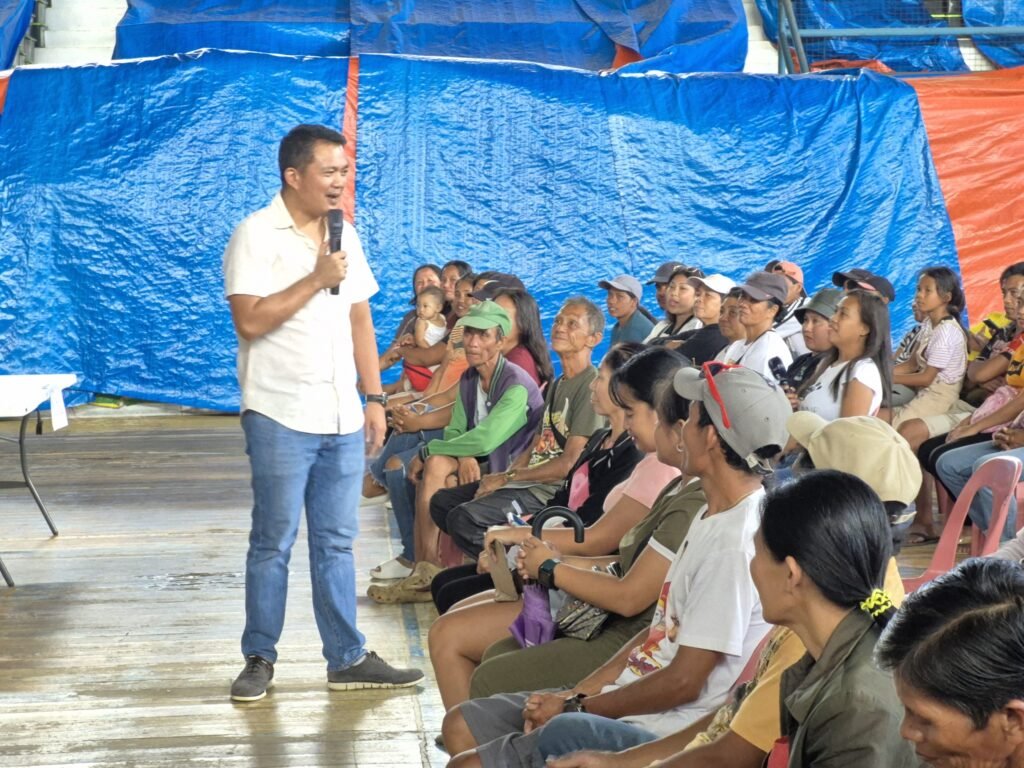
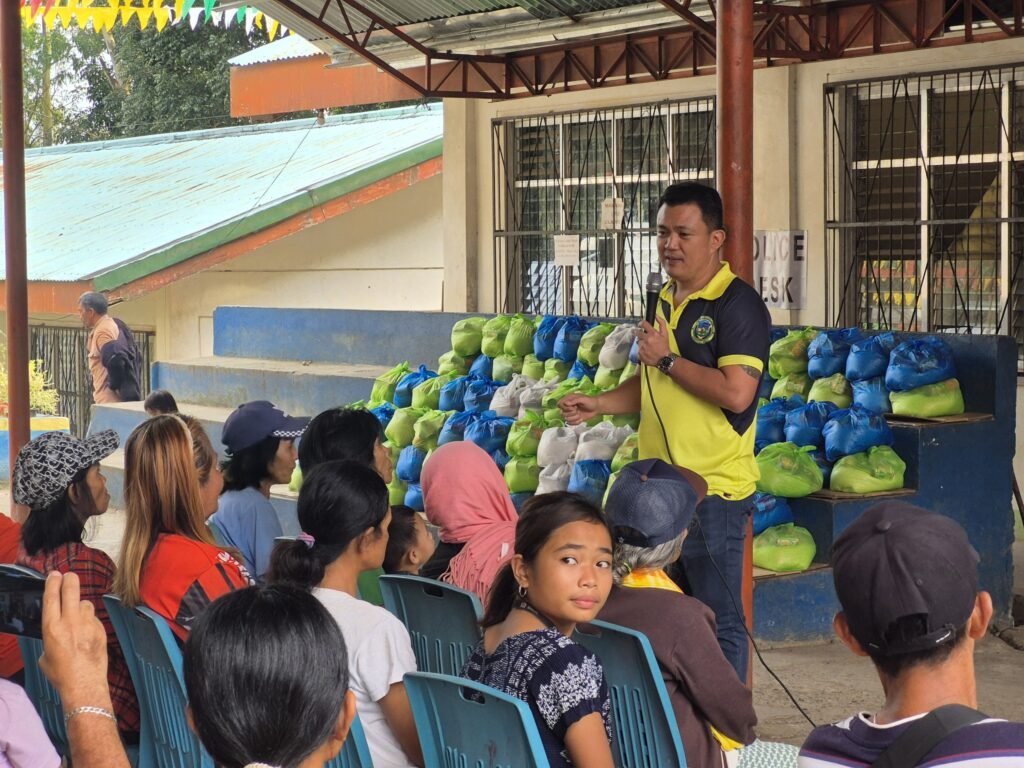


Dung-aw is a family-run restaurant that provides tasty and reasonably priced food..

Held on all Fridays of December to celebrate the Christmas season through..
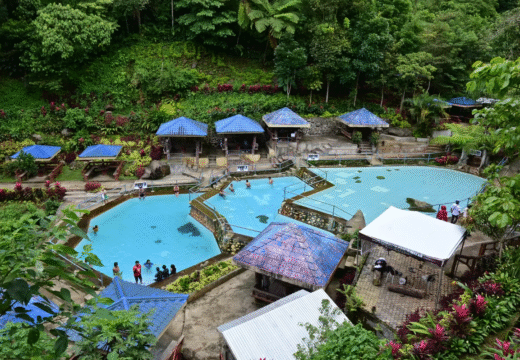
Experience the coolness of Canlaon City’s natural Spring waters in this eco-tourism..
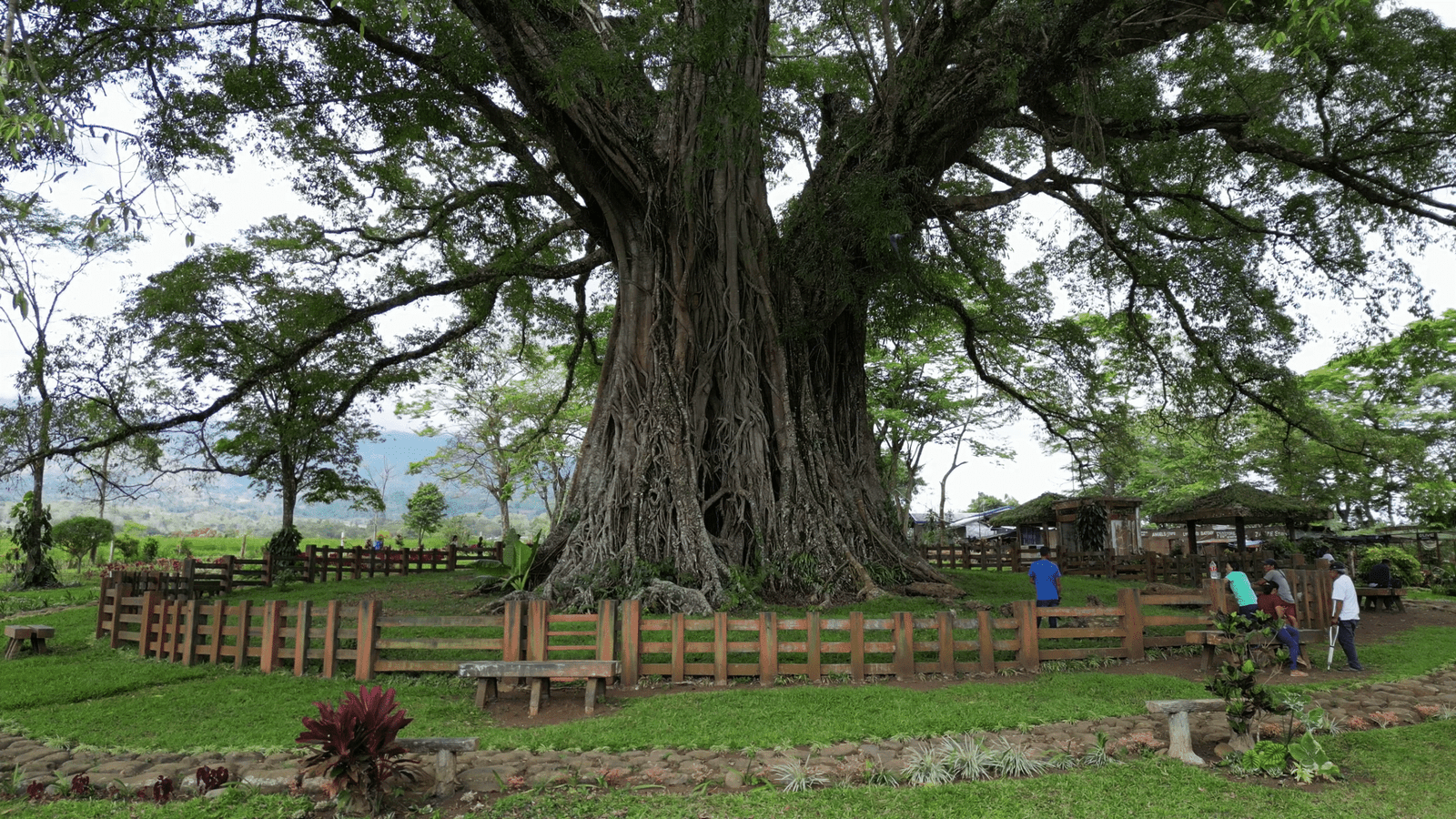

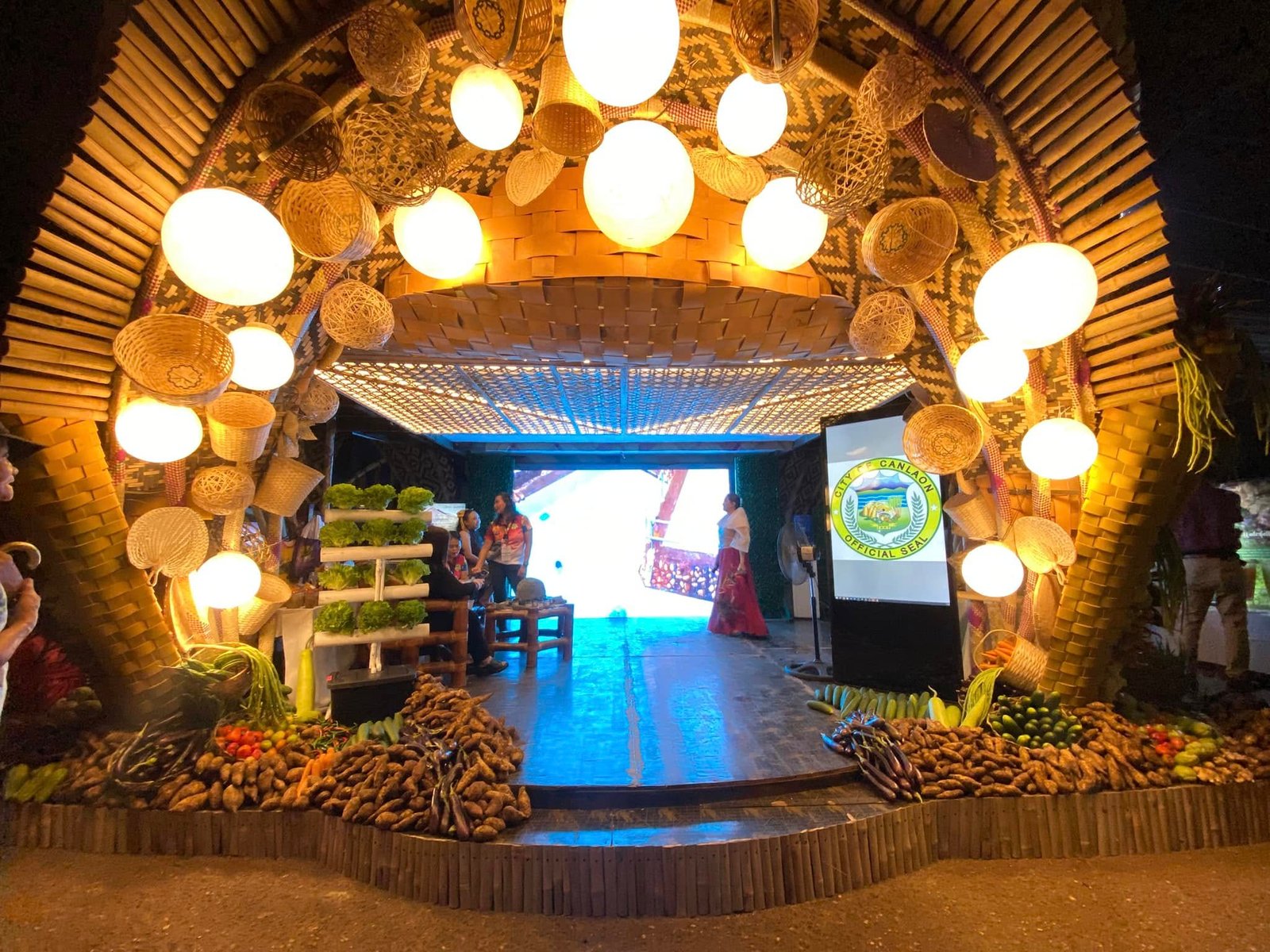
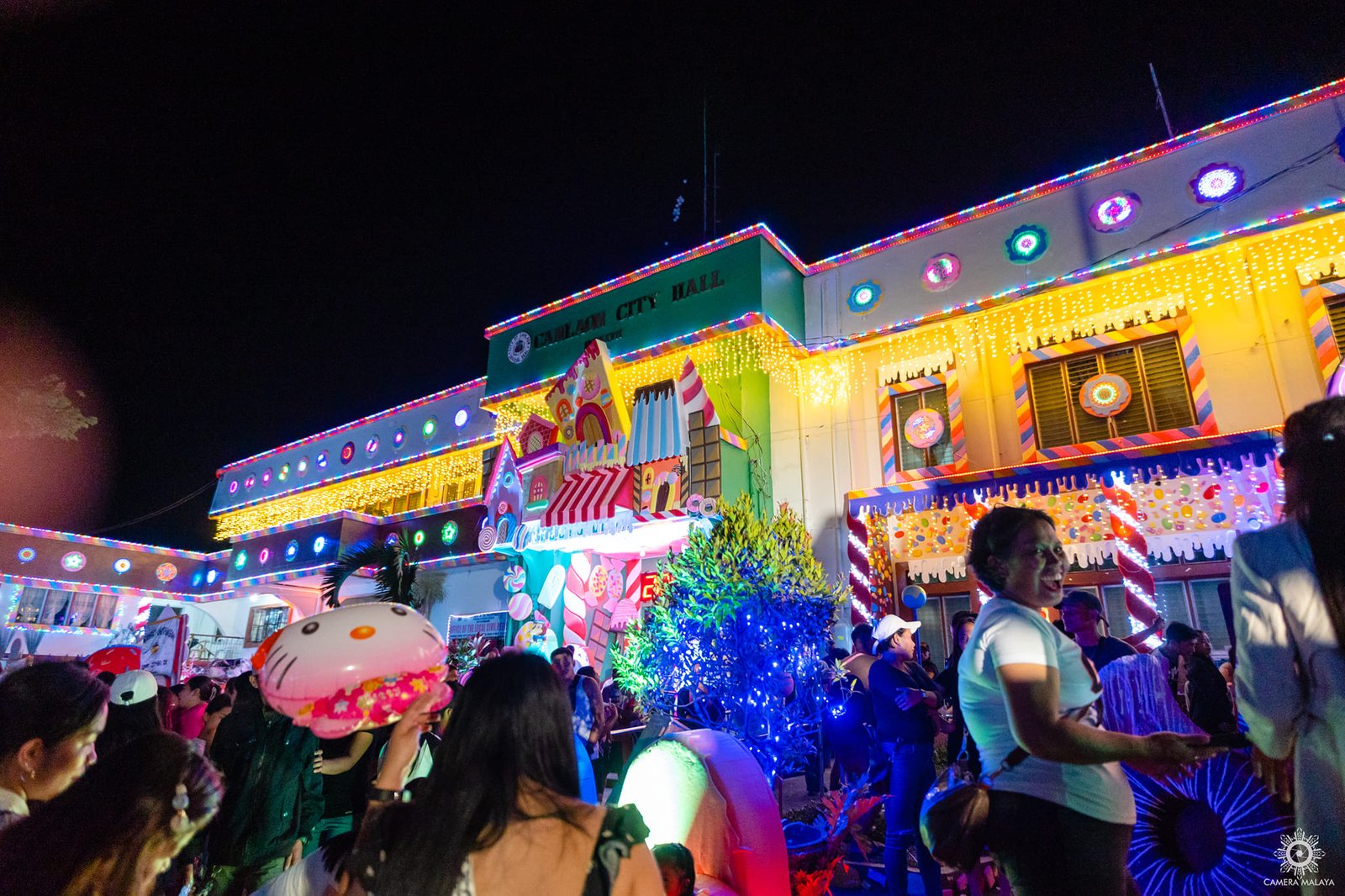
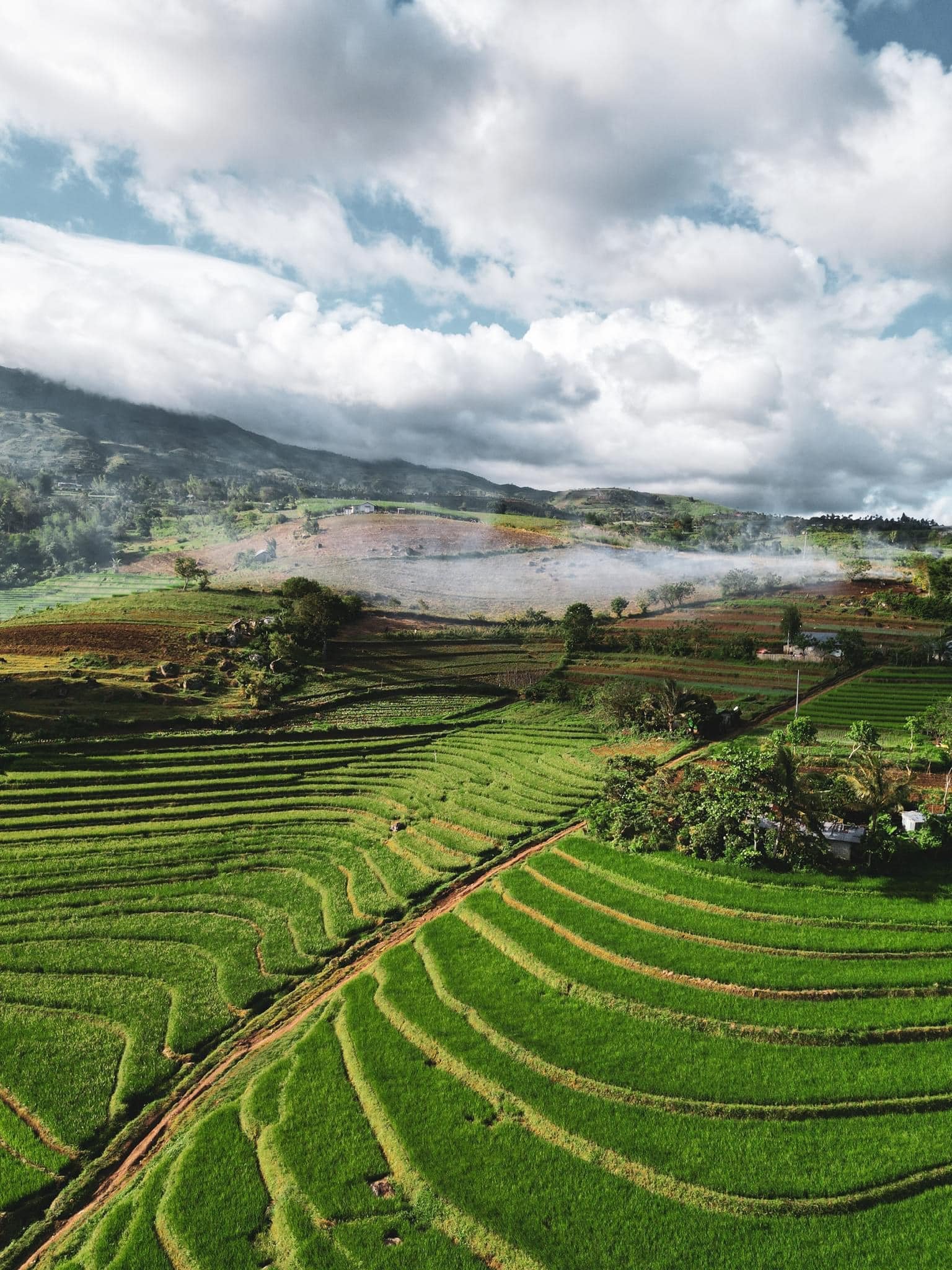
Yesterday morning, shortly after the flag ceremony at Tabalogo High School, several students reported nausea and difficulty breathing. Eleven...
Atong July 4, gipahigayon ang inauguration sa 18th Sangguniang Panlungsod sa Canlaon. Opisyal nang milingkod ang straight SALTA slate...
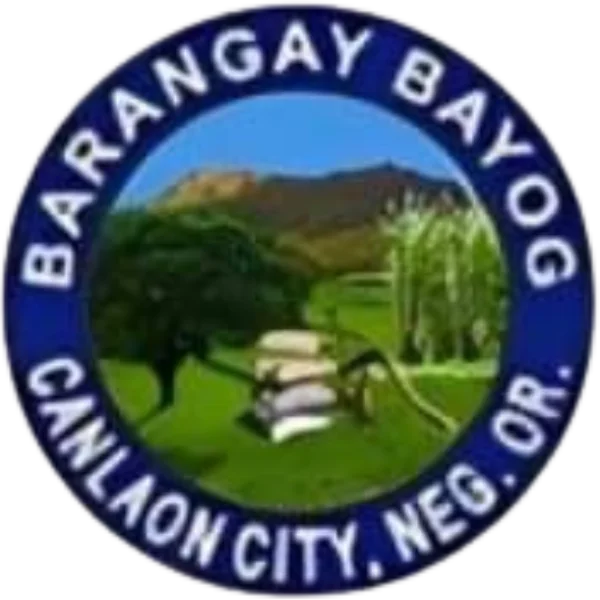
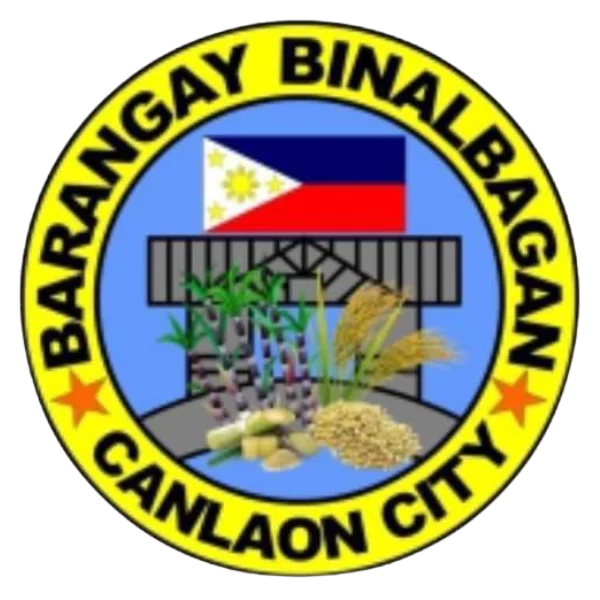
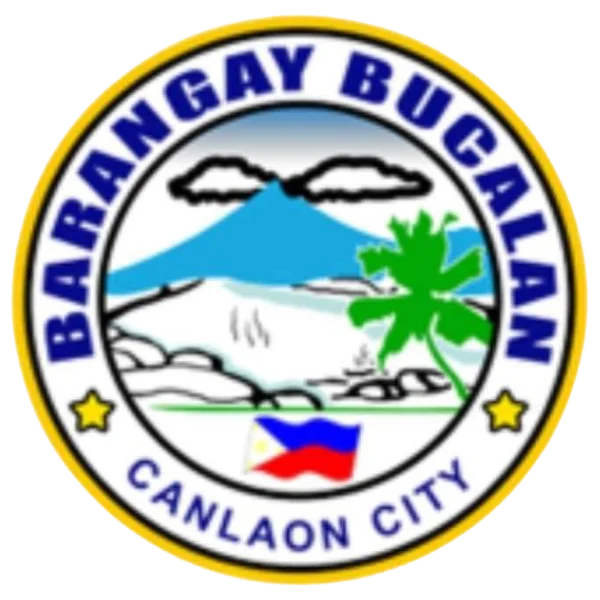

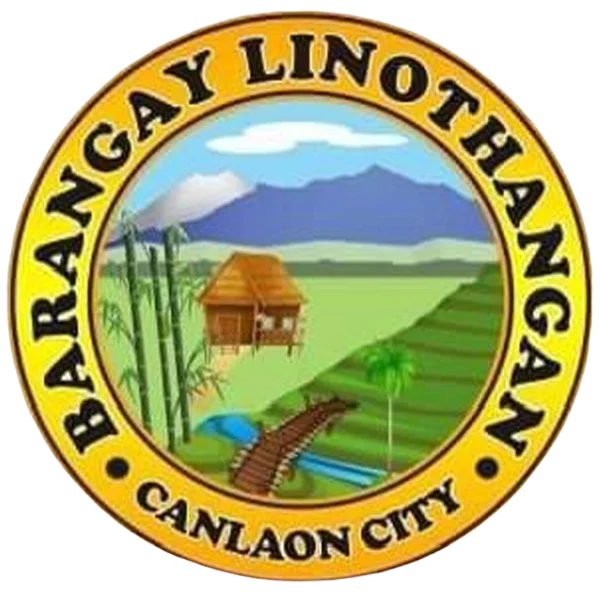
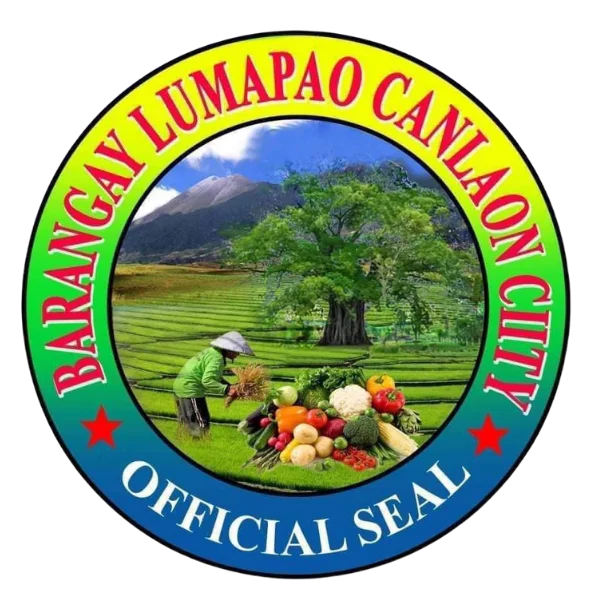
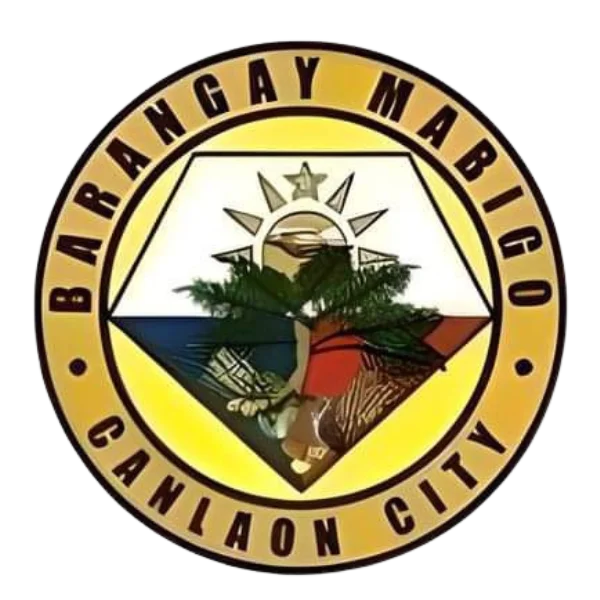

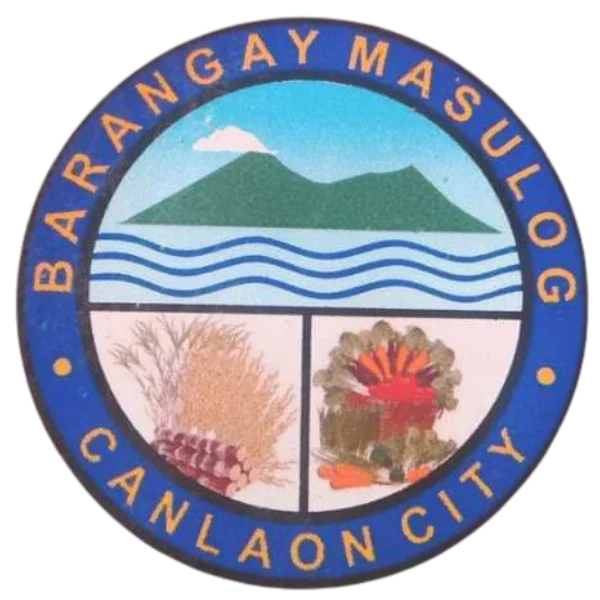
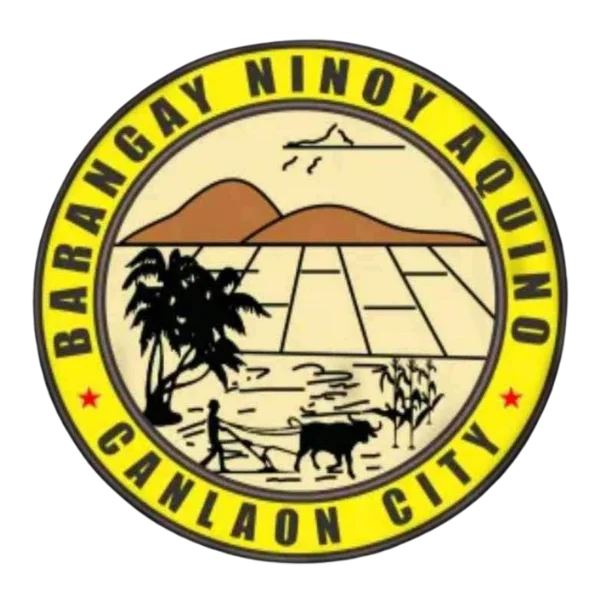
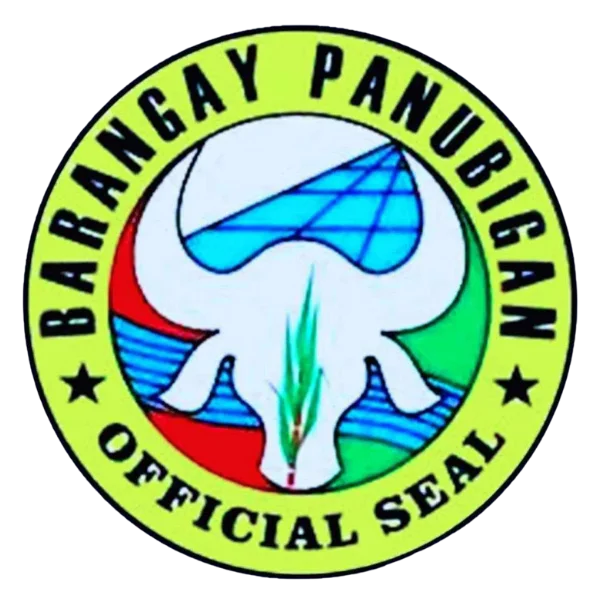
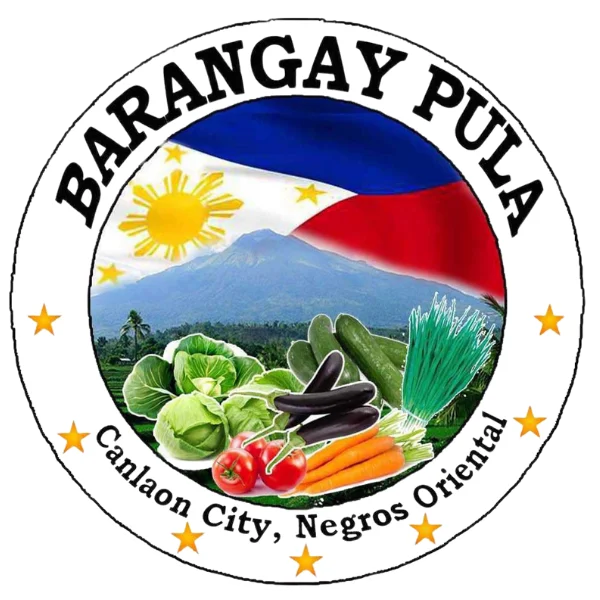
This is the official online portal of the Local Government Unit of Canlaon City, Negros Oriental. Access government services, city news, downloadable forms, recent documents, and official announcements. Stay informed about local programs, events, and developments as we strive for a transparent and progressive Canlaon.

Copyright © 2025 City Government of Canlaon • All Rights Reserved.